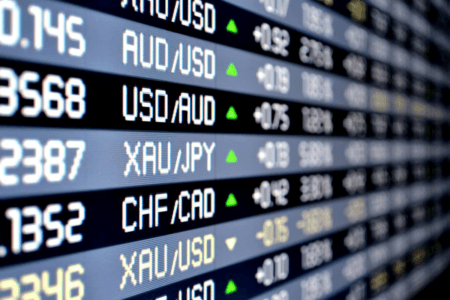Copper prices hover, with eyes locked on U.S. inflation data that may herald shifts in the Fed’s rate strategy.
Story Snapshots:
- Copper prices remain steady amidst the Chinese Lunar New Year celebrations.
- Anticipation builds for U.S. CPI data which may influence Federal Reserve rate cuts.
- A potential dollar decline could make metals more affordable internationally, spurring demand.
How are copper prices reacting to market conditions, and what impact could U.S. inflation data have on them? Copper prices showed little change on Tuesday, as the market’s focus turned to U.S. inflation data that could provide clues on the Federal Reserve’s interest rate decisions and consequently affect the dollar’s performance, impacting metal affordability and demand.
Copper prices on Tuesday seemed immune to the hustle and bustle of market sentiments as the Chinese Lunar New Year holiday subdued trading activity. However, the slight uptick of 0.7% to $8,291.50 a metric ton on the London Metal Exchange at 0333 GMT suggested a cautious optimism among traders.
Read: Asian Stocks Edge Up, Dollar Holds Steady Before US Inflation Data
The market is on tenterhooks, waiting for the U.S. consumer price index data for January, which will signal whether inflation is cooling off towards the Federal Reserve’s 2% target. This data is not just a set of numbers; it will potentially steer the course of U.S. interest rate adjustments, which have a domino effect on the strength of the dollar. A weaker U.S. dollar is synonymous with less expensive dollar-denominated metals for holders of other currencies, potentially propelling demand for commodities like copper.
Al Munro from Marex encapsulated the market’s sentiment, stating that the upcoming U.S. CPI data is expected to spark much conjecture regarding the timing of the Federal Reserve’s initial rate cut—a pivotal moment for financial markets.
Other metals on the London Metal Exchange were not exempt from the prevailing winds of anticipation. Aluminium saw a gain of 0.5%, reaching $2,239 a ton; nickel inched up by 0.1% to $16,060; zinc climbed 1% to $2,343; while lead edged 0.4% higher to $2,031. Tin, not to be left out, elevated 0.1% to $27,315.
In the global dance of commodities, copper and its metallic peers are swaying to the rhythms of economic indicators and monetary policy decisions. With the U.S. CPI data release on the horizon, the financial sector braces itself for potential fluctuations. Such data carries the weight to alter the Fed’s interest rate narrative, and by extension, shape the demand curve for these pivotal building blocks of industry.
The unspoken yet universally understood conclusion among market participants is that the forthcoming U.S inflation report is not simply another economic metric—rather, it is a beacon that will guide the Federal Reserve’s hand and, by extension, the pulse of global markets. Thus, as the world eyes the outcomes of this report, the metals market, too, stands ready to respond to the cascading effects of monetary policy on international demand and pricing strategies.
What’s your take on this? Let’s know about your thoughts in the comments below!












